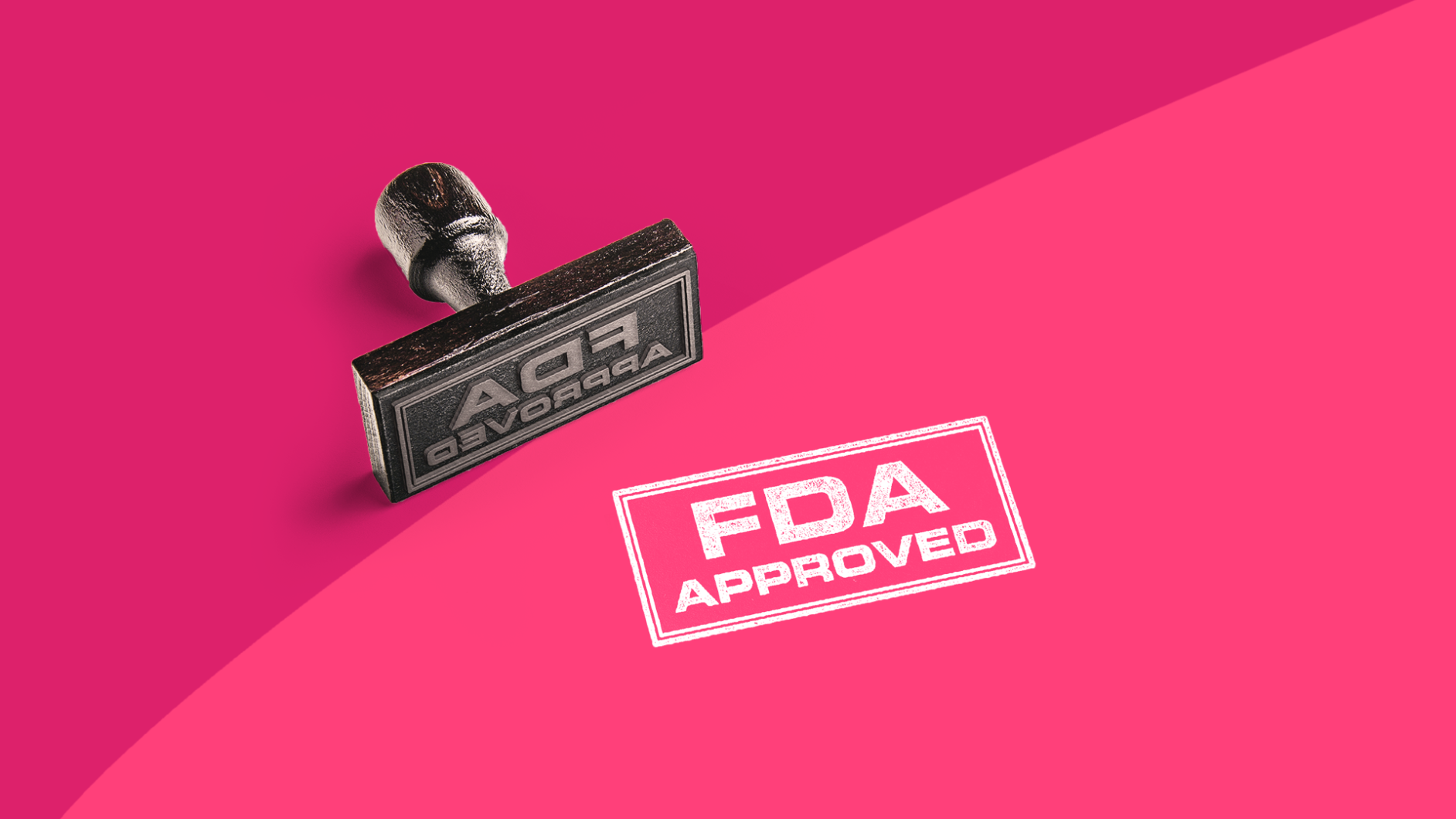The U.S. Food and Drug Administration (FDA) has approved the first drug for the treatment of peanut allergy, an oral immunotherapy agent called Palforzia [Peanut (Arachis hypogaea) Allergen Power-dnfp]. It works by lessening the risk of a severe reaction if a child is accidentally exposed to this common allergen.
What is Palforzia?
Palforzia, manufactured by Aimmune Therapeutics Inc., is a powder that can be mixed with semisolid foods like applesauce, yogurt, or pudding for dosing. (It is important to know that the capsules are not meant to be swallowed.) The new drug is intended for children 4 to 17 years old. It’s a preventative measure, but will not eliminate a peanut allergy.
Experts say it’s important to know what Palforzia can do—and what it can’t do.
Children who take Palforzia should still avoid eating peanuts or anything containing peanuts. And they’ll still need to carry their auto-injectable epinephrine devices, in case they experience an allergic reaction.
Palforzia is a treatment, not a cure
“We want people to understand that it’s not a cure,” says Susan Schuval, MD, chief of pediatric allergy and immunology at Stony Brook Medicine. “It’s a treatment that lessens the risk of a severe reaction if you accidentally ingest peanuts.”
Over a million children in the U.S. have a peanut allergy, and many of those kids have consumed peanuts without intending to—even though accidental exposures have decreased in recent years. (Aimmune reports that 60% of children with peanut allergy have experienced an accidental encounter over a five-year span.) That creates a lot of anxiety for those children and their parents.
“Those families live in fear, and this will go a long way, if they’re treated with this peanut product, to help alleviate those fears,” says J. Allen Meadows, MD, president of the American College of Allergy, Asthma, and Immunology (ACAAI).
Palforzia is a groundbreaking therapy
“It’s the first step [toward] a new horizon,” Dr. Meadows says.
Even people who can’t take Palforzia because of their age or other circumstances should take note of the groundbreaking nature of this new treatment, agrees Christina Ciaccio, MD, associate professor and chief of allergy/immunology at the University of Chicago Medicine.
“What they should feel is hope,” says Dr. Ciaccio. “Even if they are not ones who could benefit from this product or potentially benefit from this product, it’s a first. It’s the first FDA-approved treatment for food allergy.”
How does Palforzia work?
There are two questions that may be on your mind, if you’re considering Palforzia for your child: How long does it take to work, and how much will it cost?
Dr. Schuval says it’s a big time commitment. Palforzia has a structured dosing approach involving three phases of treatment, starting with an initial dose escalation under the direct supervision of a specially certified physician. A patient will then have to make regular trips to the physician’s office as the dosage amounts are gradually increased (up-dosing).
Later, when it’s time to move to the maintenance phase, patients can continue therapy at home. They’ll need to continue taking a daily dose of 300 mg indefinitely to maintain the desensitization effect.
As for cost, according to Aimmune, the list price of Palforzia will be $890 per month, with a patient copay program that could reduce out-of-pocket costs significantly—perhaps to as low as $20 per month. The cost will remain the same throughout the phases of treatment.
“As a parent, the most important thing is to talk with your physician or allergist about Palforzia to see if it makes sense as a treatment option for your child,” says Lisa Gable, chief executive officer of FARE (Food Allergy Research & Education). “Immunotherapies are complex given the incremental exposure to allergens and, in some cases, patients may experience an allergic reaction during the course of their treatment. The important thing to remember about Palforzia’s approval is that it gives patients and their families an option and the opportunity to choose the treatment that is right for them.”




